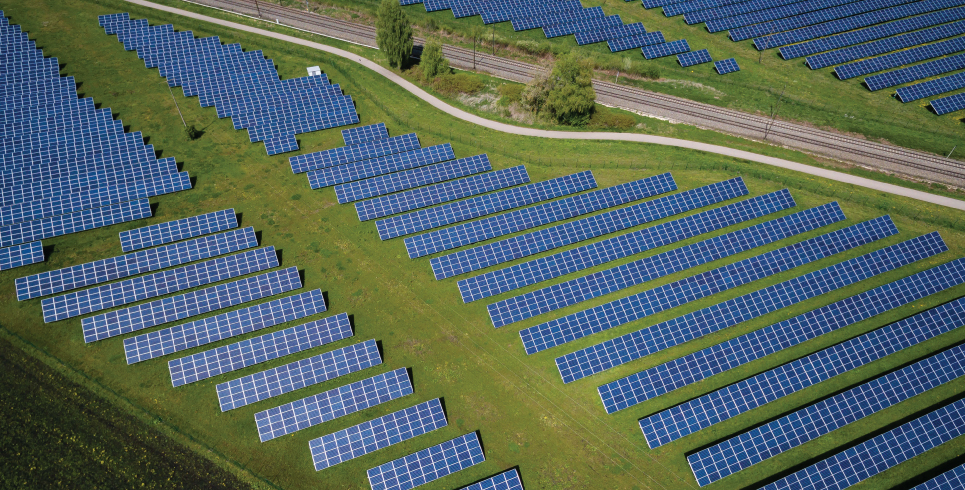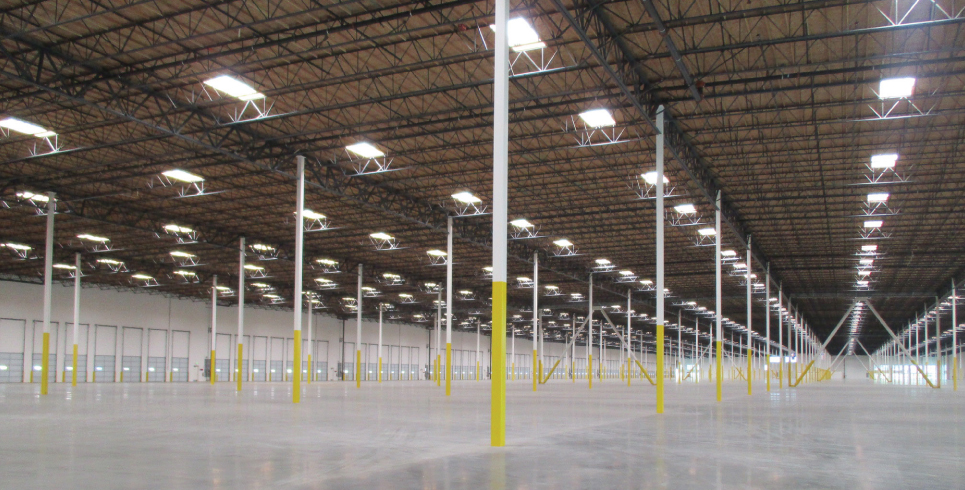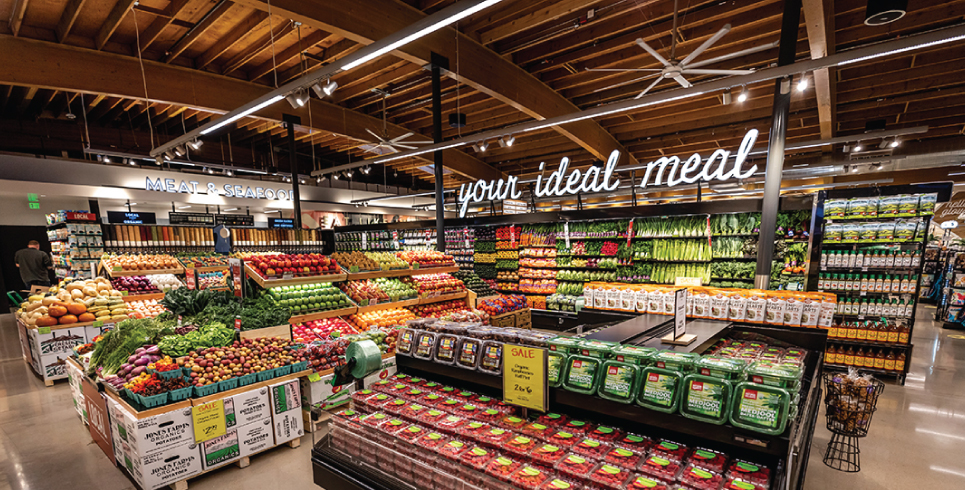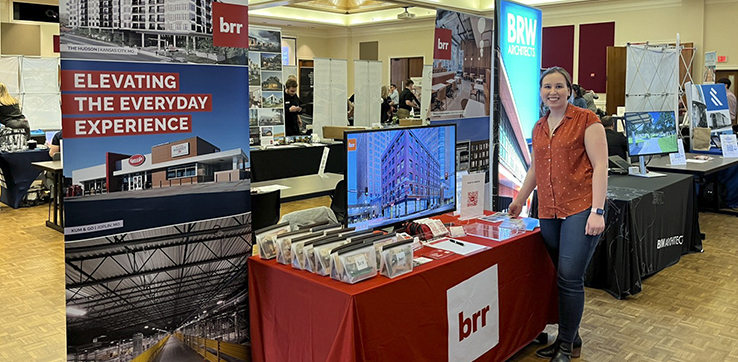Sustainability has been a buzzword in architecture for a while, but what does it really mean to be sustainable? The definition can vary, but we see unifying themes across different approaches that help give common ground to core principles and provide a path forward for making project decisions.
 As architects, we work with our clients to understand their needs, educate about available options and incorporate sustainability and energy efficiency into our projects. We provide insight into various options our clients have regarding sustainable site selection, construction types, building design, building systems and materials. Sustainability works best when it’s included at the beginning of a project to maximize opportunities. Below are some of the key things to think about for a more sustainable project.
As architects, we work with our clients to understand their needs, educate about available options and incorporate sustainability and energy efficiency into our projects. We provide insight into various options our clients have regarding sustainable site selection, construction types, building design, building systems and materials. Sustainability works best when it’s included at the beginning of a project to maximize opportunities. Below are some of the key things to think about for a more sustainable project.
Site Selection
Site selection plays a significant role in creating a sustainable building. Projects that reuse already developed land instead of building on untouched land use less resources, disrupt fewer natural environments and require less work to run proper utilities to the site. Reusing an existing building and adapting it to meet the current needs of a client can avoid the costs and resources associated with building a new shell. This approach requires architects and owners to work with existing building constraints and modify them when needed. A proper design can overcome existing building layout challenges, building envelope compliance requirements and more.

Grocery Fulfillment Warehouse utilizing daylighting by installing skylights throughout.
Construction Type
After site selection, choosing a building type and layout is the next step for incorporating sustainability. Steel and concrete buildings are often the most resource intensive, while wood and wood composite buildings require less energy and use renewable resources. If concrete and steel are necessary to the design, concrete additives, such as slag or fly ash, can be used in the concrete and recycled steel can be incorporated into the steel to help reduce the carbon footprint. Another good strategy is to position the building to take advantage of daylighting, natural ventilation and thermal storage which creates a more efficient building.
Materials Selection
Careful selection of building materials can reduce the embodied carbon of a building and reduce the miles in which those materials must travel to the job site. Renewable materials and materials with minimal manufacturing are often good options. If using raw materials, it is good to use materials that have long lifespans or materials that can be adapted for reuse. Another materials-related factor to reduce waste involves choosing standard material sizes and having an agreement with contractors to recycle construction waste onsite.

Whole Foods Market restores existing wooden beams in remodel project outside of Denver, CO.
Systems and Utilities
Correctly choosing building systems and utilities can lead to less reliance on the energy grid and smaller utility bills. To reduce a building’s utility load, it’s key to have a well-designed building envelope with proper insulation. The building should include efficient lighting and plumbing fixtures, along with a mechanical system in line with the building’s needs. Onsite collection of solar energy through photovoltaic panels and onsite greywater collection are other ways to reduce a building’s utility grid needs. Many utility companies are making their energy grid cleaner by moving to renewables, so sourcing mechanical equipment that runs on electricity instead of natural gas can reduce the fossil fuel footprint of a building.
BRR is committed to helping the built environment move towards a more sustainable future. With every step we take towards sustainability, we move the industry away from fossil fuels, greenhouse gas emissions, wastefulness and the use of nonrenewable resources. We work with our clients to help them realize their goals and look forward to helping more clients create successful and sustainable buildings in the future.




